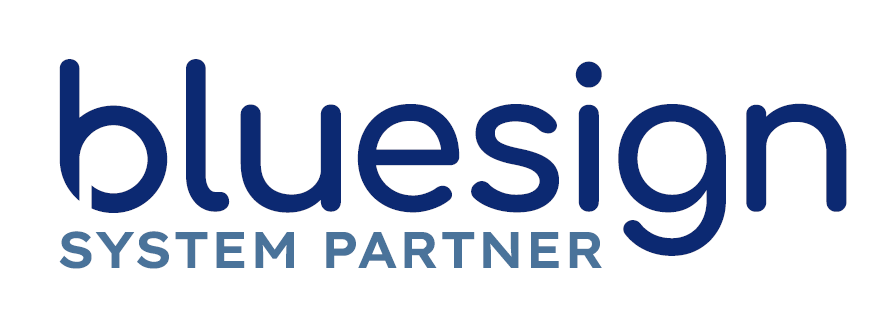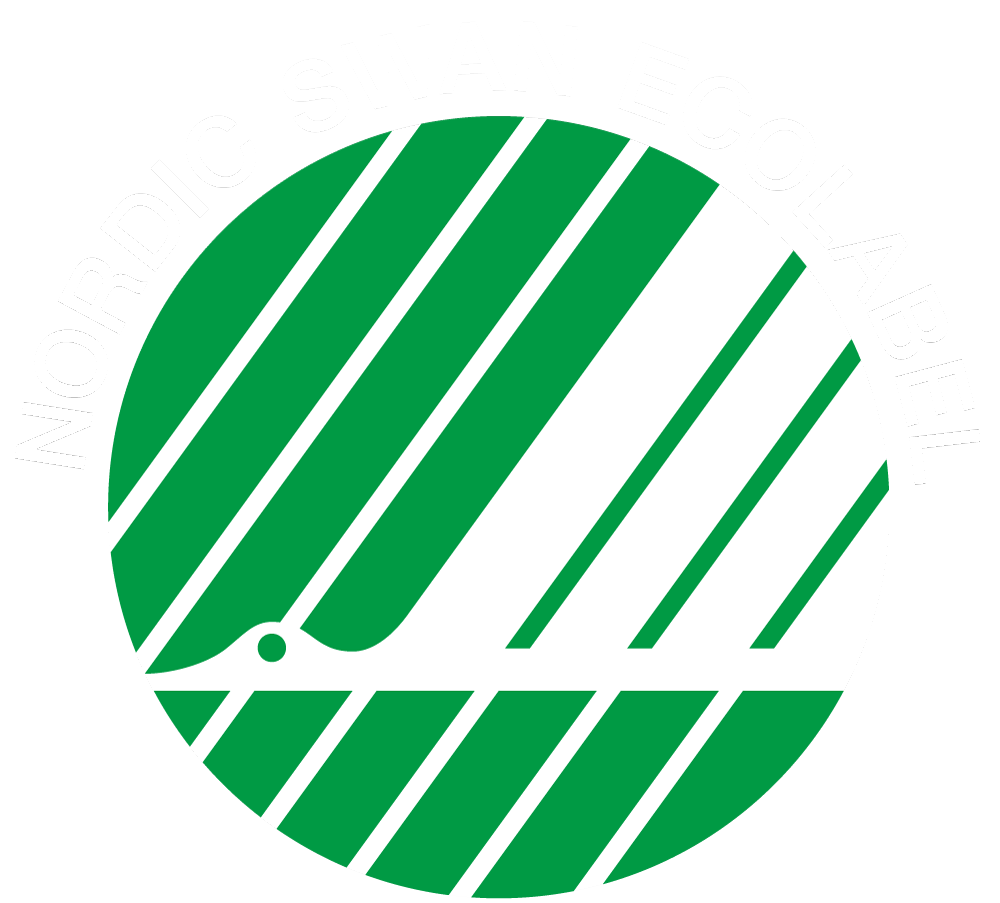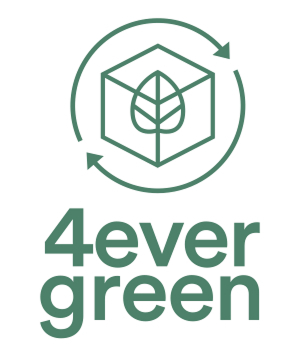What Goes Into The Box - Chemistry's Fundamental Role in Sustainable Packaging
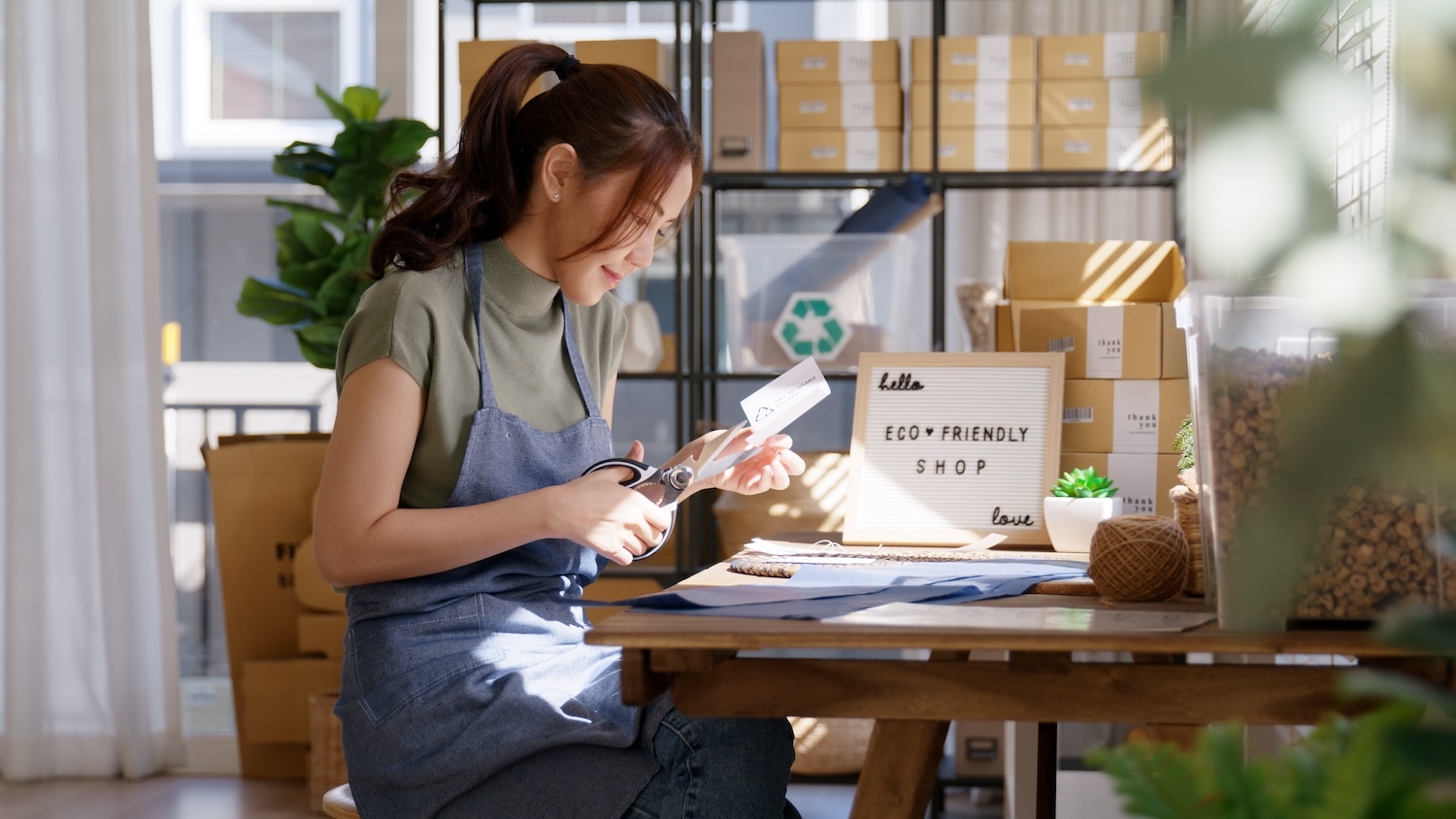
The role of chemistry in packaging is often unacknowledged, even by seasoned packaging professionals. At the many industry events devoted to sustainability, it’s not unusual to hear comments such as, “I didn’t appreciate the power of chemistry to redefine what packaging can do.”
Such underestimation of how chemical processes contribute to sustainability is unfortunate. It’s also surprising, because without chemistry we wouldn’t have packaging at all — sustainable or otherwise. Chemistry positively impacts every step of the value chain — from pulp mills to paper makers, packaging converters to brands and recyclers. It’s through chemistry that we can manipulate molecular structures to create materials that deliver the qualities needed for particular applications. Chemistry creates barrier materials, adhesives, inks and coatings, makes packages lighter, and enhances recyclability, strength, repulpability, compostability and biodegradability.
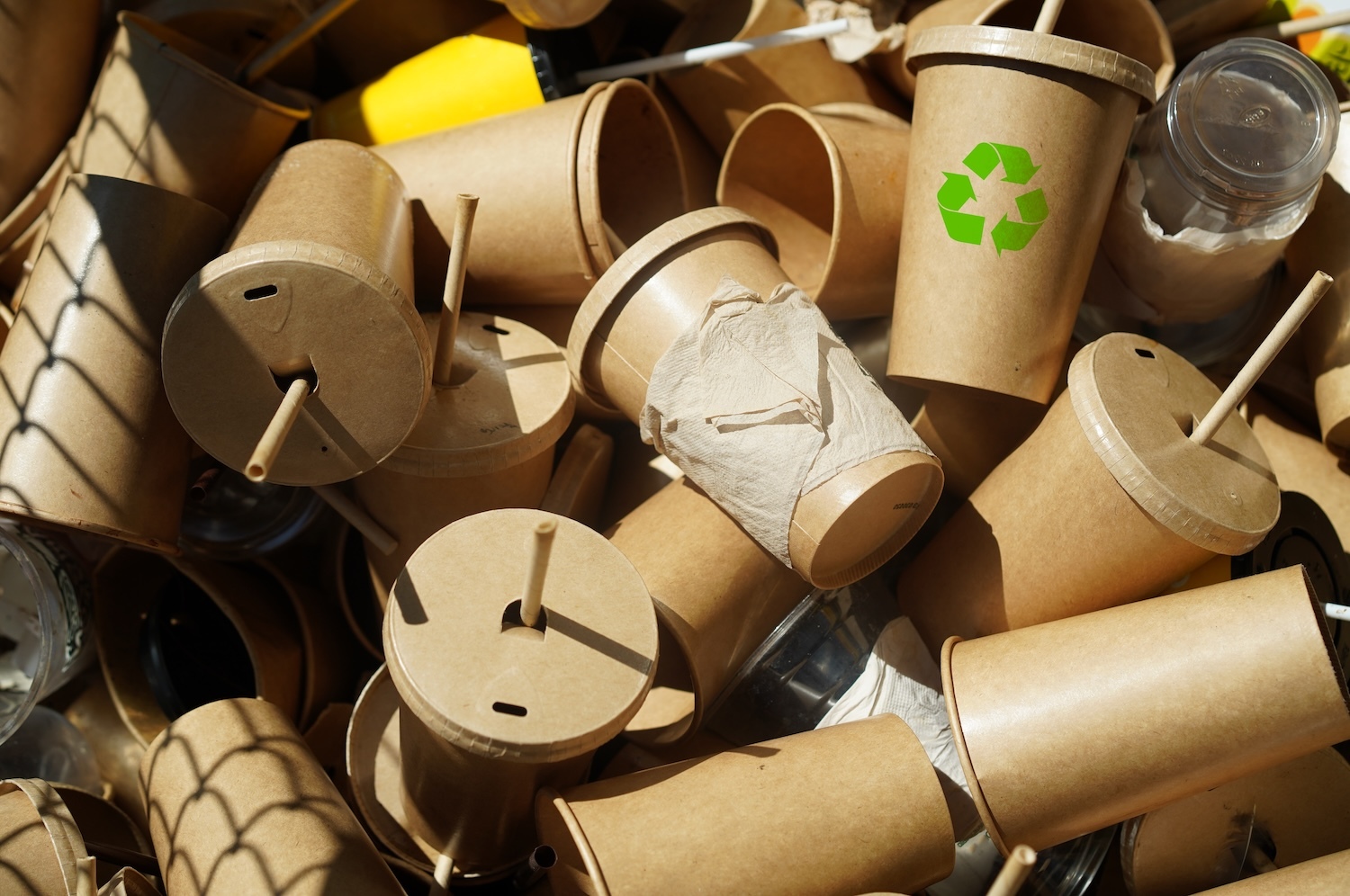
Critically important
Chemistry’s role as an enabler of sustainability is becoming critically important as climate change catapults sustainability to the top of the agenda for brands, producers and recyclers in the packaging production value chain. They are caught on one hand, by the demands of environmentally conscious consumers turning away from plastic towards paper and tightening regulations around the world on the other.
For consumers, choosing packaging is a simple way to become more sustainable, and sustainable choices are encouraged by the regulatory pressure rippling through the value chain. The European Union’s Packaging and Packaging Waste Regulation (PPWR) has as its avowed objective the creation of a circular economy. Directly enforceable across 27 member states, the PPWR came into force in February 2025, and its measures will begin to apply in August 2026. Meanwhile, in the US there’s the customary mix of federal and state measures. The federal Break Free From Plastic Pollution Act (BFFPPA) aims to improve recycling and hold manufacturers responsible for waste management. In California, by 2032 all packaging in the state must be recyclable or compostable, with producers responsible for implementing sustainable packaging solutions to manage waste.
Time is up for fossil-based materials: All this necessitates an industry-wide rethink of packaging production, accelerating the exploration and adoption of better, more sustainable materials to replace fossil-based materials. Transforming these new materials into functional, sustainable packaging entails developing new forms of chemistry — and turning away from chemistry on which the industry has relied for decades. The prime examples are PFAS (Per- and Polyfluoroalkyl Substances), the large —4,000-plus — group of synthetic chemicals first used in the 1950s. Often called ‘forever chemicals’, PFAS do not break down easily. As such, they are in the crosshairs of legislation such as the PPWR, under which the EU is committed to phasing out PFAS within the next two years.
PFAS are an example of how the industry adopted synthetic chemistries in the search for better performance and has persevered with them for decades for good reasons. PFAS are hydrophobic and lipophobic — characteristics that are essential for barrier materials. The problem is, they are almost indestructible. . So, there is an urgent requirement to replace them with chemistry that’s not only more sustainable, but also at least comparable to them for performance over the whole lifetime of the package.
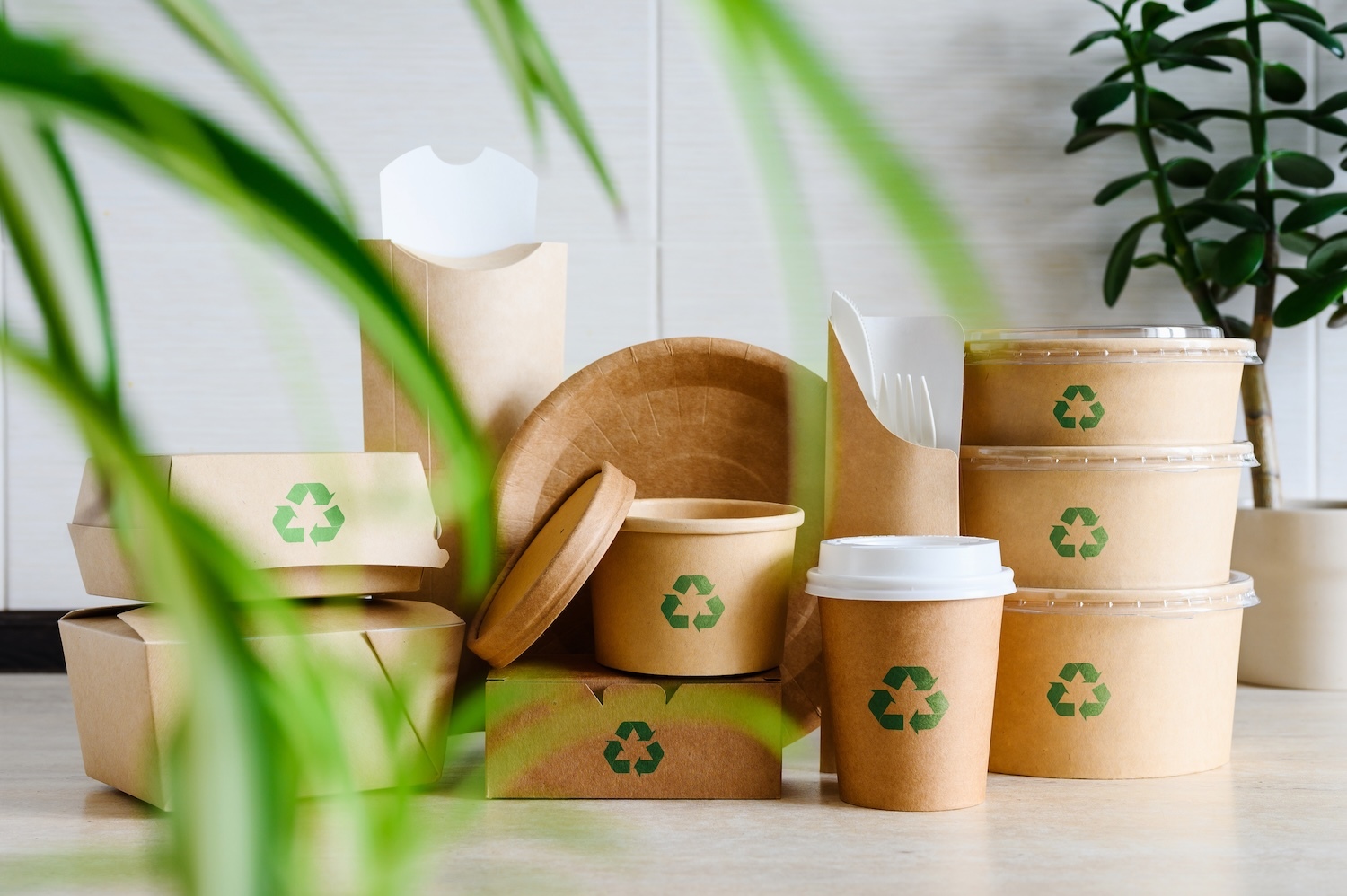
The circular packaging model — Redefining ‘lifetime’
What we mean by ‘the lifetime of the package’ is being redefined as circular packaging models are more widely adopted. In these the role of packaging doesn’t end with consumer consumption but continues as recycled content is used to produce new packaging. Bio-based materials and chemistry are essential enablers of these successive recycling ‘loops.’ These materials have an extremely low — potentially even zero — carbon footprint, particularly those derived from plants, which absorb carbon dioxide as they grow. When we use them to produce paper/cellulose for packaging, that CO2 remains captured for the length of the material’s lifecycle.
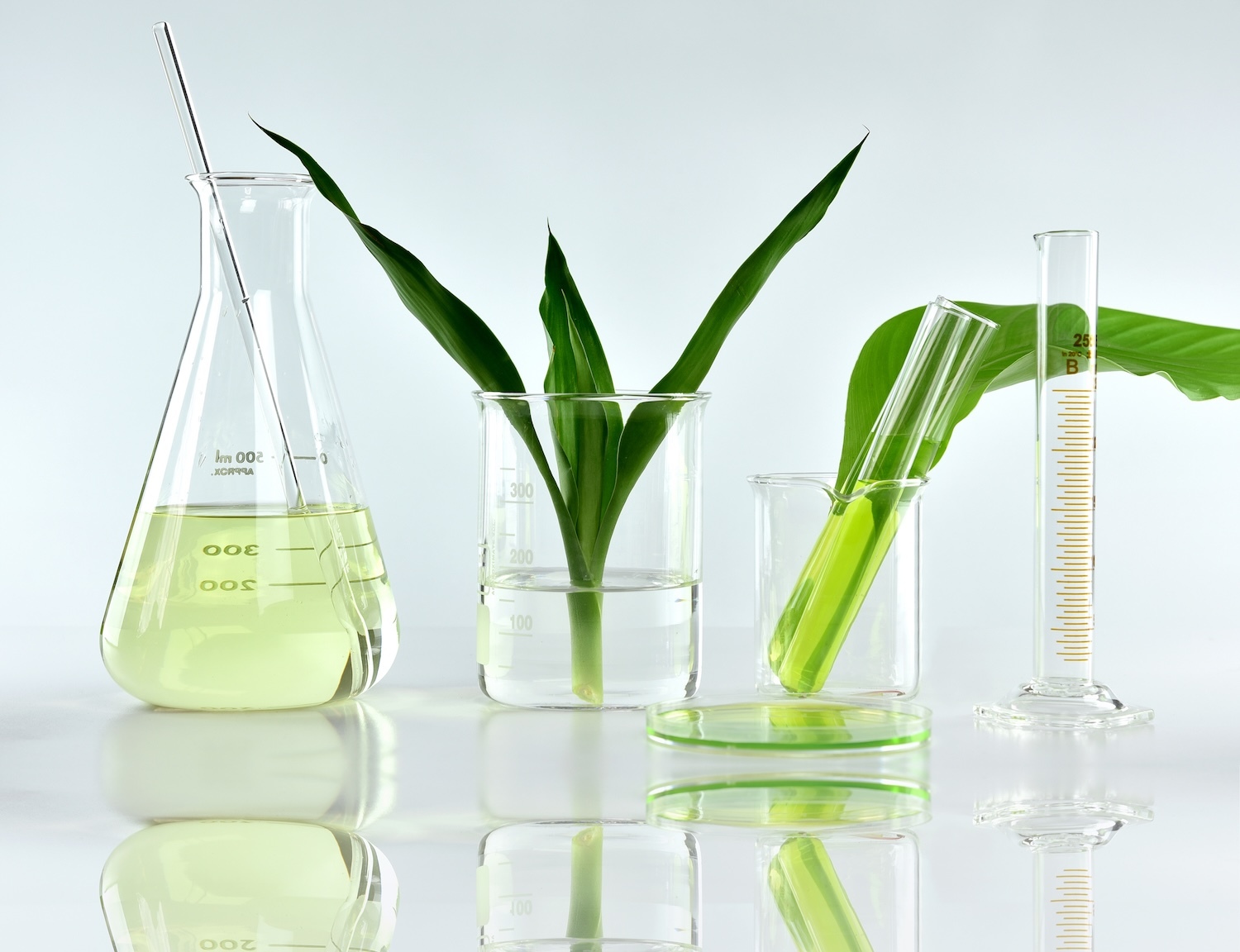
Sustainable chemistry closes the circle
Sustainable chemistry is essential to circularity, an invisible but indispensable force that ensures materials flow seamlessly through the circle time and time again. Its impact starts at the beginning of the fiber journey, when pulp is processed. Here, chemistry such as pitch control agents prevent sticky deposits on machinery, reducing downtime, minimizing waste and boosting yields.
At the papermaking stage, fiber reconditioning chemistry is critical to transforming recycled fibers, which naturally degrade in quality over time, into high-performing solutions. Charge replenishers, crosslinkers and strength agents enable fibers to regain the virgin-like qualities needed to perform through multiple recycling loops.
Converters don’t want recyclability to come at the expense of performance. PFAS-free barriers balance both, resisting oil, grease and water to create packaging that’s safe for food applications. Because barriers are repulpable, fibers can be efficiently recovered at the end of their life.
Finally, at the recycling stage, repulping additives ensure fibers maintain their structural integrity during recycling, improving yield and minimizing quality loss.

Connecting the dots with integrated solutions
It is clear from the above that implementing bio-based, renewable chemistries at every step of the value chain is a complex process. So, wherever you are in the value chain — pulp mill, paper maker, converter, brand owner or recycler — this should determine the chemistry supplier you choose as your partner. A selection of standalone innovations which may solve one problem while creating another is not the answer.
What’s needed is a supplier that takes a holistic, integrated approach to chemistry innovation, minimizing risks, maximizing the potential for sustainable outcomes, and harmonizing the entire system to deliver true circularity. Such chemistry ‘connects the dots’ that make up the circle, so that every new molecule is compatible with every stage of the circular packaging economy.
The role of chemistry is critical as it needs to handle complex and variable requirements. Archroma’s approach is to work with customers to develop the right solution for their specific needs.
Like climates, the properties of fiber and water — the building blocks — change from region to region: fiber from eucalyptus harvested in Brazil differs from fiber from pine wood in North America. Customer applications are unique. Naturally occurring molecules do have limits. Clear legislation is a moving target. Standards are not harmonized. Papermakers have different capital expenditures, different timeframes for ROI, so the papermaking machinery differs too — the machinery manufacturers aren’t going to make expensive incremental changes to machines to deal with fiber and water from different sources. Instead, the chemistry must compensate for variations.
Because there is no ‘one size fits all’ chemistry, the ability to localize chemistry is critically important, and calls for chemistry developers that combine global and regional representation. Archroma Packaging Technologies has just such an infrastructure: manufacturing sites on every continent and applications centres in every region - delivering over 800 SKUs to 2,000 plus global paper mills. This combines the local footprint essential to developing water-based chemistries with the expansive global footprint that customers demand.
Add over 100 years’ experience working with cellulose chemistry, and Archroma Packaging Technologies has a solid foundation on which to build chemistries for the coming generations of sustainable packaging materials — plant fiber-based plastics (AKA bioplastics). These are produced from crops, plants and agricultural by-products, including corn, banana leaves, sugarcane bagasse, bamboo, rice husk, cottonwood, flax and jute. Examples are polyactic acid (PLA), becoming widely used in food packaging, and polyhydroxyalkanoates (PHA), increasingly found in items like biodegradable food trays and flexible films and wraps.
Chemistry is essential to give materials the functionality that plastic offers — for example, strength, resistance to oil, grease and water — and Archroma Packaging Technologies is on the case.
More News & Stories
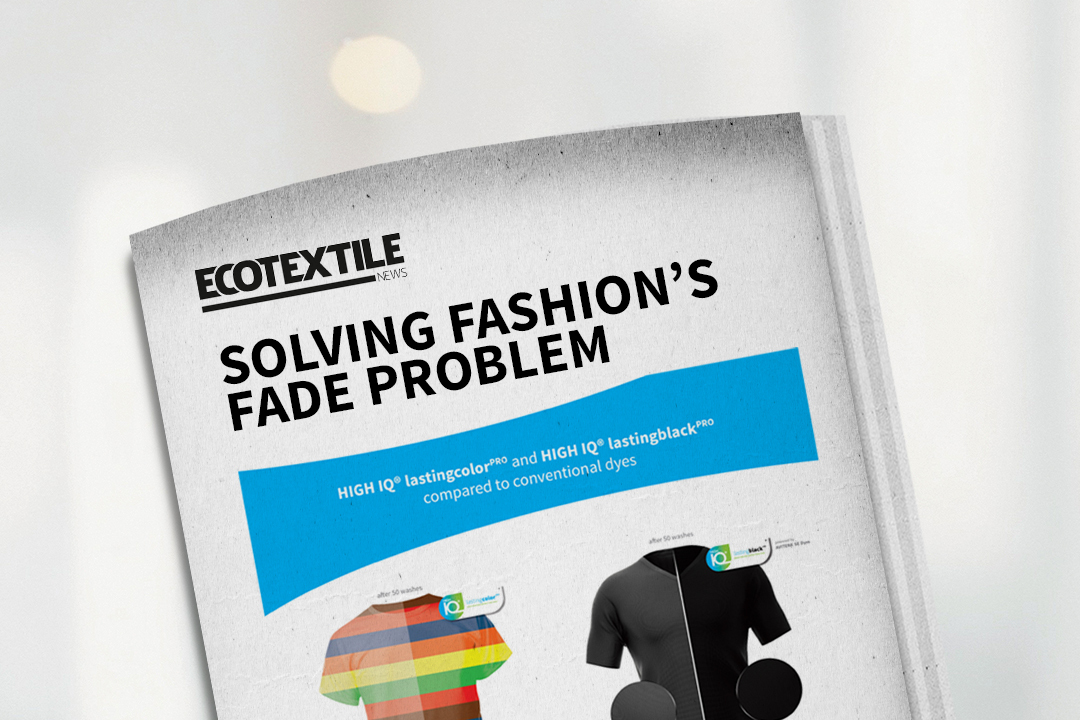
Solving Fashion’s Fade Problem
When garments lose their vibrancy after just a few wears or washes, consumers discard them prematurely. This undermines the fashion industry’s sustainability goals and negates brand investments in sustainable materials and production. Read on to find out how Archroma's HIGH IQ assurance program is the new standard for color performance.

Archroma’s Upstream Shift Signals a New Era for High-Contrast Denim Finishing
The fashion industry’s demand for distressed denim often clashes with reliance on potassium permanganate, heavy bleaching, and water-intensive laundering. TexFash spoke with our Denim team to unravel the story and thoughts behind the award-winning DENIM HALO concept. Read on to find out more.

Full Value Chain Collaboration - The Fastest Way to Sustainable Packaging
I recently asked a fellow packaging professional for their take on the industry’s progress towards sustainable packaging. The answer — “It’s rather like building a plane while you’re flying it” — succinctly captures the prevailing combination of complexity and urgency that all players in the value chain are faced with. There’s much to do in a limited time.

Engineered for every active pursuit—and the planet
Rising consumer expectations are pushing mills and brands to adopt new strategies to stay competitive. Durability, comfort and sustainability are now essential, and all must work hand-in-hand. Archroma’s SUPER SYSTEMS+ solutions are designed to meet this new standard.
Archroma are proud members and/or partners with the following organizations

